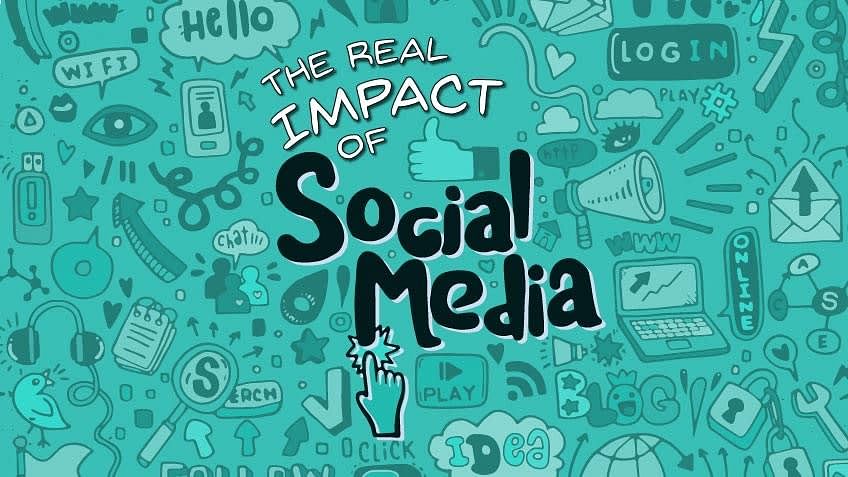
Table of Contents
Information and communication technology has changed rapidly over the past 20 years, with a key development being the emergence of social media.
The pace of change is accelerating. For example, the development of mobile technology has played an essential role in shaping the impact of social media. Across the globe, mobile devices dominate in terms of total minutes spent online. They put the means to connect anywhere, at any time on any device in everyone’s hands.
Why People Share Information?
A fascinating study by the New York Times Consumer Insight Group revealed the motivations that participants cited for sharing information on social media. These include a desire to reveal valuable and entertaining content to others; to define themselves; to grow and nourish relationships and to get the word out about brands and causes they like or support.
These factors have caused social networks to evolve from being a handy means for keeping in touch with friends and family to being used in ways that have a real impact on society.
The Influence of Social media is being used in ways that shape politics, business, world culture, education, careers, innovation, and more.
Top 7 Impacts of Social Media
1. The Impact of Social Media on Politics
A new study from Pew Research claims that about one in five U.S. adults gets their political news primarily through social media. The study also finds that those who do get their political news primarily through social media tend to be less well-informed and more likely to be exposed to unproven claims that people who get their news from traditional sources.
In comparison to other media, the influence of social media in political campaigns has increased tremendously. Social networks play an increasingly important role in electoral politics — first in the ultimately unsuccessful candidacy of Howard Dean in 2003, then in the election of the first African-American president in 2008, and again in the Twitter-driven campaign of Donald Trump.
The New York Times reports that “The election of Donald J. Trump is perhaps the starkest illustration yet that across the planet, social networks are helping to fundamentally rewire human society.” Because social media allows people to communicate more freely, they are helping to create surprisingly influential social organizations among once-marginalized groups.
2. The Impact of Social Media on Society
Almost a quarter of the world’s population is now on Facebook. In the U.S., nearly 80% of all internet users are on this platform. Because social networks feed off interactions among people, they become more powerful as they grow.
Thanks to the internet, each person with marginal views can see that he’s not alone. And when these people find one another via social media, they can do things — create memes, publications, and entire online worlds that bolster their worldview, and then break into the mainstream.
Without social media, social, ethical, environmental, and political ills would have minimal visibility. Increased visibility of issues has shifted the balance of power from the hands of a few to the masses.
The flipside: Social media is slowly killing real activism and replacing it with ‘slacktivism’
While social media activism brings an increased awareness about societal issues, questions remain as to whether this awareness is translating into real change. Some argue that social sharing has encouraged people to use computers and mobile phones to express their concerns on social issues without actually having to engage actively with campaigns in real life. Their support is limited to pressing the ‘Like’ button or sharing content.
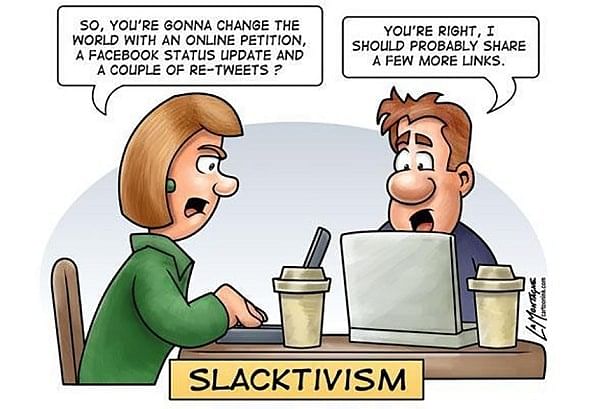
This passivity is a very human reaction when people are given options that absolve them from the responsibility to act. A 2013 study by the University of British Columbia’s Sauder School of Business found that when people are presented with the option of ‘liking’ a social cause, they use this to opt-out of actually committing time and money to a charitable cause. On the other hand, when people are allowed to show support in private, they are more likely to offer meaningful support by making a financial contribution.
The researchers found that a public endorsement is meant to satisfy others’ opinions, whereas people who give in private do so because the cause is aligned to their values. This peer pressure may be a factor in the recent trend of political polls in the U.S. to misread voter intentions: people who respond to the polls may be answering how they think the pollsters expect or the way they think will please their peers, but in the privacy of the voting booth (or at home with a mail-in ballot), they vote according to their true preferences.
3. The Impact of Social Media on Commerce
The rise of social media means it’s unusual to find an organization that does not reach its customers and prospects through one social media platform or another. Companies see the importance of using social media to connect with customers and build revenue.
Businesses have realized they can use social media to generate insights, stimulate demand, and create targeted product offerings. These functions are important in traditional brick-and-motor businesses and, obviously, in the world of e-commerce.
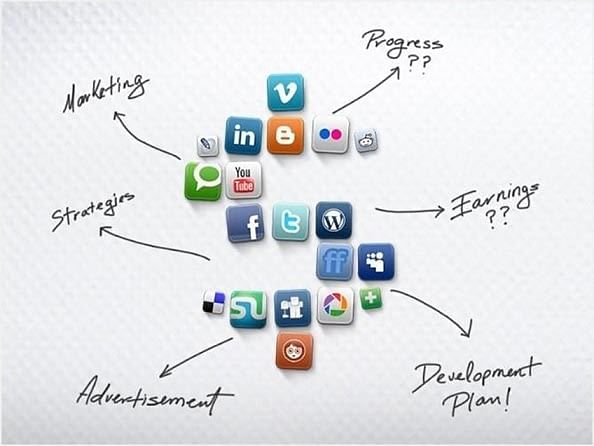
Many studies suggest implementing social networks within the workplace can strengthen knowledge sharing. The result is to improve project management activities and enable the spread of specialized knowledge. Fully implementing social technologies in the workplace removes boundaries, eliminates silos, and can raise interaction and help create more highly skilled and knowledgeable workers.
The flipside: A low number of social ‘shares’ can lead to negative social proof and destroy business credibility
Interestingly, although social sharing has become the norm rather than the exception in business, some companies, after experiencing first-hand some adverse effects of social media, have decided to go against the grain and remove the social sharing buttons from their websites.
A case study of Taloon.com, an e-commerce retailer from Finland, found that conversions rose by 11.9% when they removed share buttons from their product pages.
These results highlight the double-edged nature of the impact of social media. When products attract a lot of shares, it can reinforce sales. But when the reverse is true, customers begin to distrust the product and the company. This effect is what Dr. Paul Marsden, psychologist and author of ‘The Social Commerce Handbook,’ referred to as ‘social proof.’
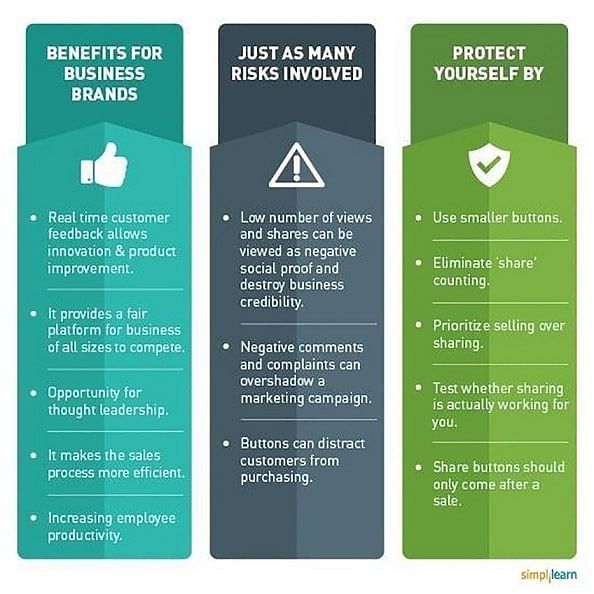
4. The Impact of Social Media on the World of Work
Social media has had a profound effect on recruitment and hiring. Professional social networks such as LinkedIn are important social media platforms for anyone looking to stand out in their profession. They allow people to create and market a personal brand.
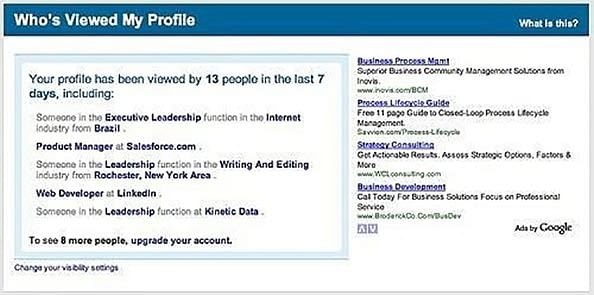
Nineteen percent of hiring managers make their hiring decisions based on information found on social media. According to CareerBuilder’s 2018 social media recruitment survey, 70 percent of employers use social networking sites to research job candidates.
5. The Impact of Social Media on Training and Development
Job candidates who develop skills in the latest and most advanced social media techniques are far more employable.
A 2020 survey by OnePoll on behalf of Pearson and Connections Academy asked 2,000 U.S. parents and their high-school aged children about the “new normal” of high school. Sixty-eight percent of students and 65% of their parents believe that social media will be a useful tool and part of the new high school normal.
Blogs, wikis, LinkedIn, Twitter, Facebook, and podcasts are now common tools for learning in many educational institutions. Social media has contributed to the increase in long-distance online learning.
Despite issues of lack of privacy and some instances of cheating among long-distance learners, this has not deterred social platforms from being used in education.
6. The Challenges of Social Media
Social media has been blamed for promoting social ills such as:
Cyberbullying:
Teenagers need to fit in, to be popular, and to outdo others. This process was challenging long before the advent of social media. Add Facebook, Twitter, Snapchat, and Instagram into the mix, and you suddenly have teenagers subjected to feeling pressure to grow up too fast in an online world.
The Cyberbullying Institute’s 2019 survey of U.S. middle and high school students found that over 36 percent report having been cyberbullied at some point in their life, with 30 percent having been victimized twice or more. It also found that almost 15 percent admitted to having cyberbullied someone at least once, and nearly 11 percent admitting to doing it two or more times. Teenagers can misuse social media platforms to spread rumors, share videos aimed at destroying reputations, and to blackmail others.
Lack of Privacy
Stalking, identity theft, personal attacks, and misuse of information are some of the threats faced by social media users. Most of the time, the users themselves are to blame as they share content that should not be in the public eye. The confusion arises from a lack of understanding of how the private and public elements of an online profile actually work.
Unfortunately, by the time private content is deleted, it’s usually too late. and the content can cause problems in people’s personal and professional lives.
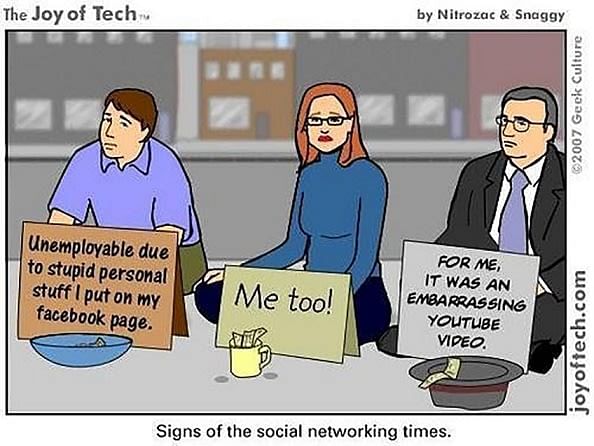
7. The Impact of Social Media on Relationships
One of the effects of social media is encouraging people to form and cherish “social media friendships” over actual friendships. The term ‘friend’ as used on social media is a weak shadow of traditional friendship. Real friends actually know each other, frequently interact face to face, and have a personal bond.
The Bottom Line
It’s been said that information is power. Without a means of distributing information, people cannot harness its power. One positive impact of social media is in the distribution of information in today’s world. Platforms such as Facebook, LinkedIn, Twitter, and others have made it possible to access information at the click of a button.
Research conducted by parse.ly shows that the life expectancy of a story posted on the web is 2.6 days, compared to 3.2 days when a story is shared on social media. That’s a difference of 23%, which is significant when you consider that billions of people use the internet daily.
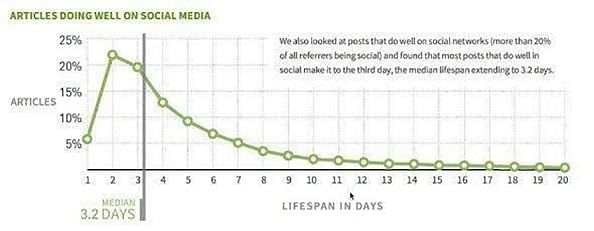
The lifespan of an article is different from the active lifespan of a social media post itself. Green Umbrella estimates that a Facebook post has an average lifespan of 6 hours, an Instagram post or LinkedIn post of 48 hours, and a tweet on Twitter a mere 18 minutes. The longer social media users actively access the information, the more discussion it generates and the greater the social media impact. The shorter the active lifespan, the more frequently one must post to that channel to maintain engagement (recognizing that posting too frequently can cause reader burnout).
While the world would be a much slower place without social media, it’s caused harm as well as good. However, the positive impact of social media is astronomical and far surpasses the ills associated with sharing.
Ultimately, sharing is about getting people to see and respond to content. As long as the content is still relevant and the need for information still exists, it’s always worthwhile for any organization to use social media to keep publishing.
[“source=simplilearn”] Techosta Where Tech Starts From
Techosta Where Tech Starts From